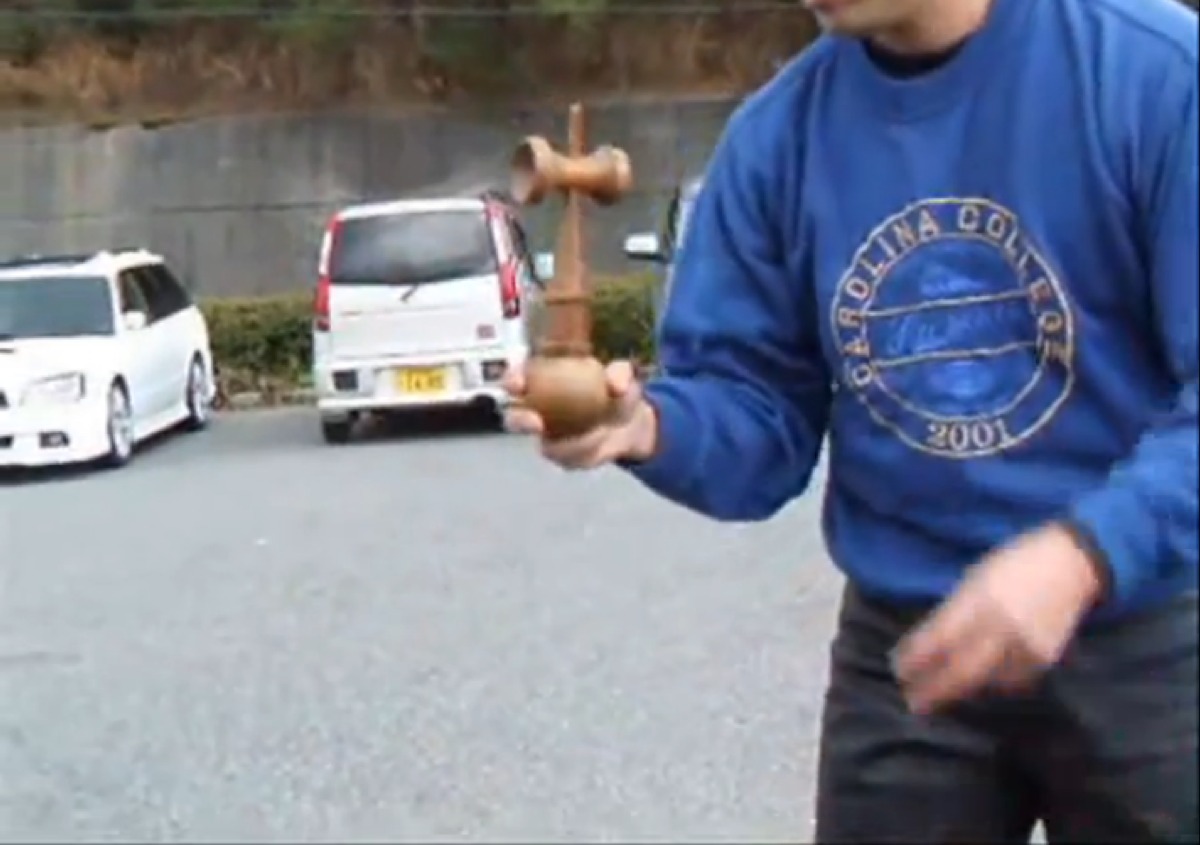Make a game
Design and build a simple board game using cardboard, markers, dice, and tokens while creating rules, testing play, and improving the game.



Step-by-step guide to design and build a simple board game
15 FUN Games for Kids | NO SUPPLIES REQUIRED
Step 1
Pick a fun theme for your game like space safari or treasure island.
Step 2
Decide the goal players must reach to win the game.
Step 3
Use a pencil and ruler to sketch the size and shape of your board on the cardboard.
Step 4
Cut out the board shape from the cardboard with scissors.
Step 5
Draw a path of connected spaces across the board for players to move on.
Step 6
Label one space Start and another space Finish on the board.
Step 7
Choose special spaces and decide what each special space does.
Step 8
Write a short rule list on paper telling how to take turns and how to win.
Step 9
Cut small paper cards to make action or event cards.
Step 10
Write each card’s effect on the paper cards with markers.
Step 11
Make or pick tokens from small objects to use as player pieces.
Step 12
Decorate the board and cards with markers to match your theme.
Step 13
Play a test game with family or friends to see how it feels.
Step 14
Make changes to the board or rules based on what you noticed during the test.
Step 15
Share your finished creation on DIY.org
Final steps
You're almost there! Complete all the steps, bring your creation to life, post it, and conquer the challenge!


Help!?
What can we use if we don't have cardboard, scissors, or markers for the board and cards?
If you don't have cardboard, flatten and tape together a large cereal or shipping box to cut your board shape, and if you lack markers use colored pencils, crayons, or stickers to decorate the board and paper cards while an adult can help cut if you don't have scissors.
What should we do if the path is confusing, cards are too hard, or the game feels unbalanced during the test play?
During the test game, use your pencil and ruler to redraw larger or clearer spaces, rewrite the short rule list to simplify turn order or win conditions, and edit or rebalance special spaces and card effects so play feels fair and fun.
How can we change the activity to suit different ages?
For younger children make bigger spaces, picture-only paper cards, and chunky tokens from buttons or large beads, while for older kids add complex card effects, scoring rules, and smaller, tighter paths drawn with a ruler and pencil.
What are some easy ways to improve or personalize the finished game before sharing it on DIY.org?
Personalize by decorating with themed stickers, laminating cards with clear tape, making custom clay or painted tokens, adding a cardboard spinner attached with a brad for movement, and photographing the finished board and rule list to share on DIY.org.
Watch videos on how to design and build a simple board game
21 EASY Games for Kids ( NO SUPPLIES REQUIRED )
Facts about game design for kids
🎲 A fair six-sided die works because all faces and weight are balanced to give random rolls.
📦 Corrugated cardboard's wavy inner layer makes it strong and perfect for sturdy DIY game boards.
🎨 Homemade tokens can be anything from buttons and beads to bottle caps or tiny toys—no need to buy special pieces!
🧪 Playtesting (playing your game several times) is how designers find confusing rules and make games more fun.
🎲 The oldest known board game, Senet, comes from ancient Egypt and is over 5,000 years old!
How do I design and build a simple board game with my child?
What materials do I need to make a homemade board game?
What ages is designing and building a board game suitable for?
What are the benefits of designing a board game with kids?


One subscription, many ways to play and learn.
Only $6.99 after trial. No credit card required



